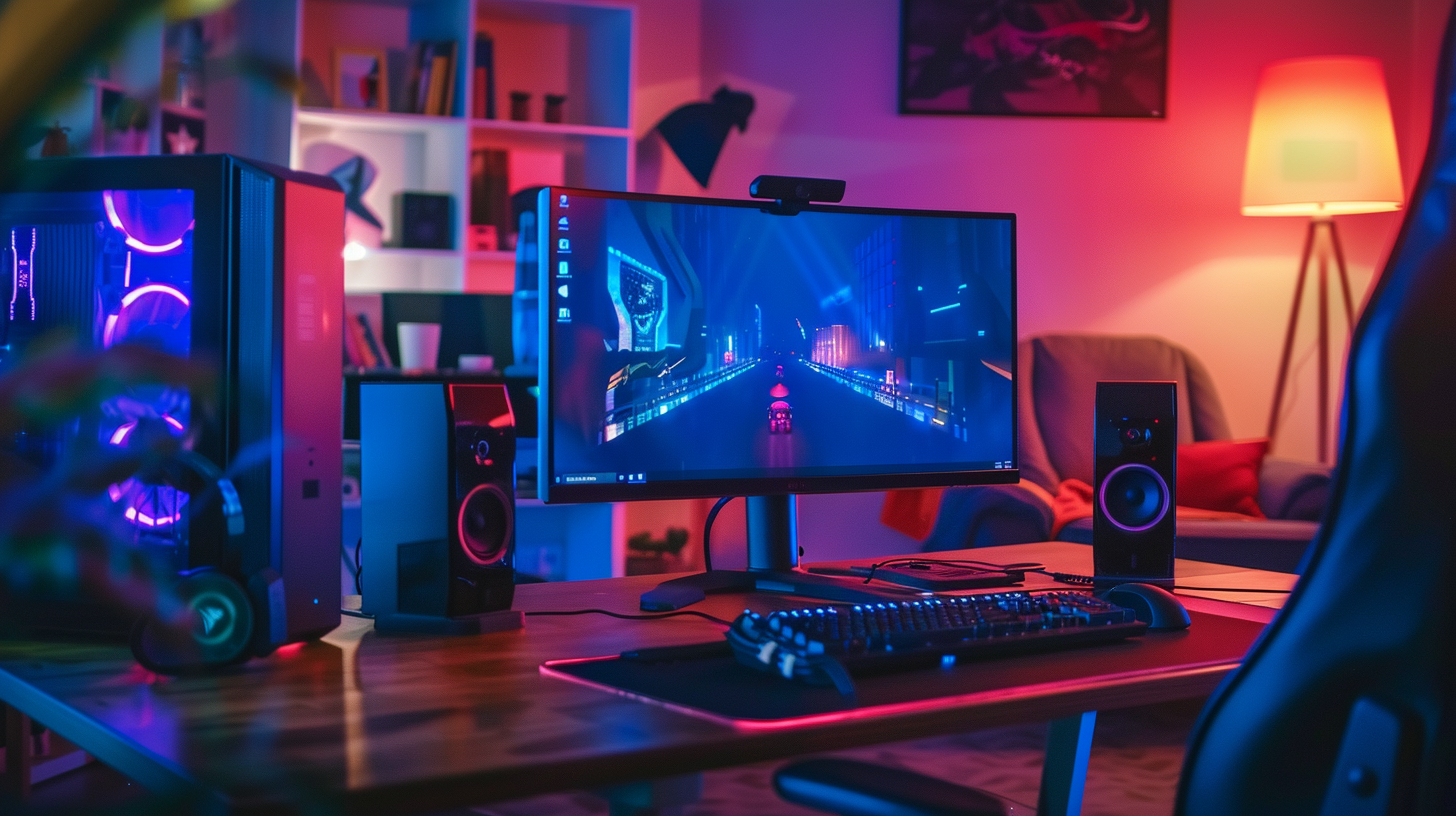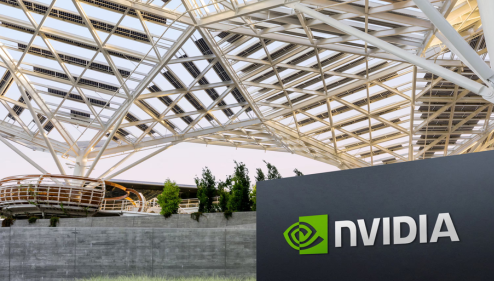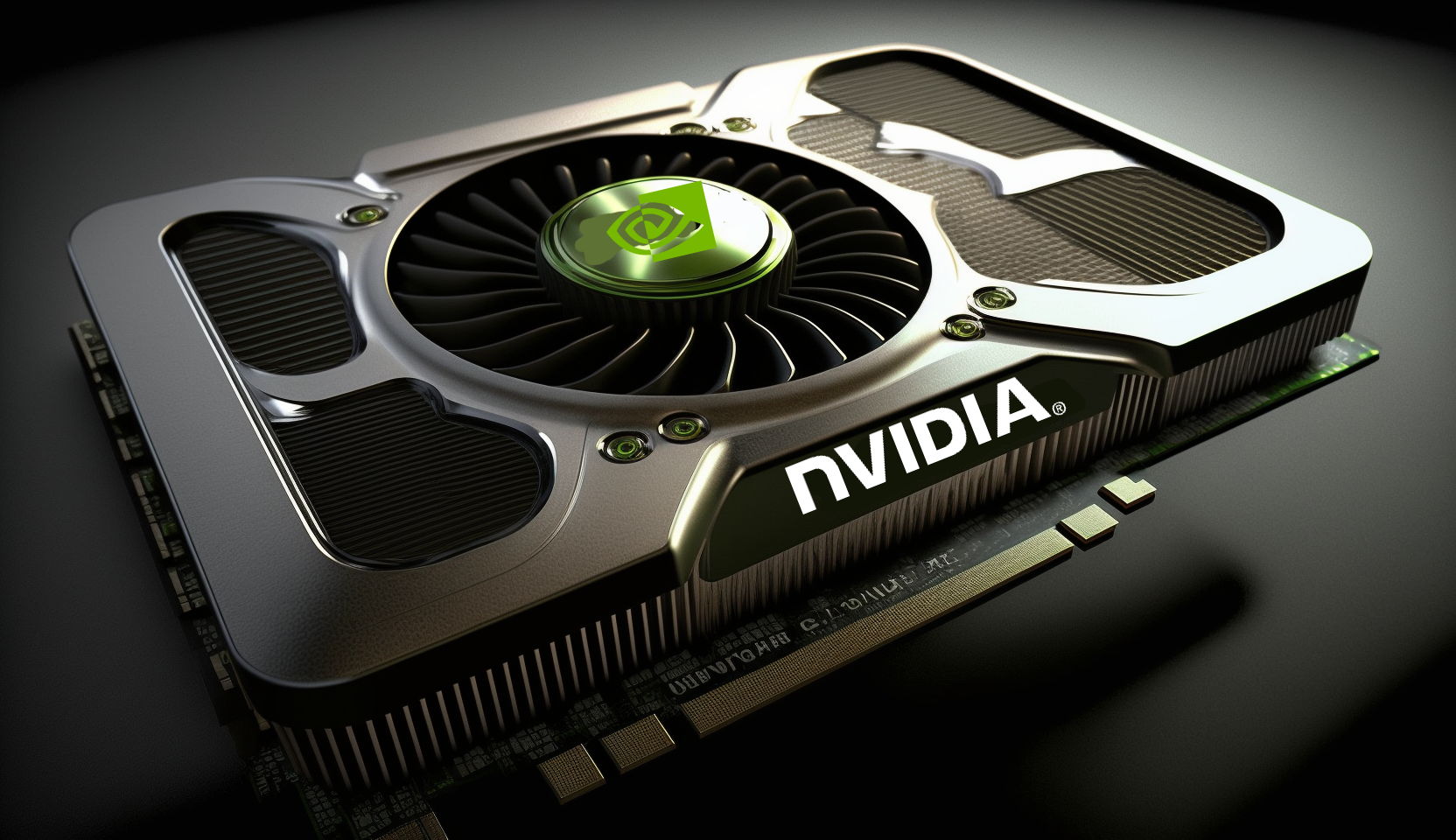Nvidia, the world’s leading producer of artificial intelligence chips, is facing fresh uncertainty in one of its most important markets after reports that China has instructed domestic technology firms to stop using its products. According to sources familiar with the matter, Beijing’s Cyberspace Administration has urged major players, including TikTok parent company ByteDance and e-commerce giant Alibaba, to halt purchases of Nvidia’s RTX Pro 6000D chips. The processors were designed specifically for China after earlier restrictions limited the sale of more advanced models.
The development marks another escalation in the ongoing technology rivalry between the United States and China. Washington has already imposed limits on the export of advanced semiconductors to China, citing national security concerns. Last month, the Trump administration struck a deal with Nvidia that allowed its H20 server chips to be sold in the country under strict conditions, with a portion of sales revenues redirected to the U.S. government. However, Beijing’s reported response suggests a determination to reduce reliance on American hardware while accelerating investment in domestic alternatives.
Nvidia has long described its business in China as unpredictable, with company leaders acknowledging the volatility of operating amid geopolitical tensions. This latest setback follows news earlier in the week that Chinese regulators have launched an antitrust investigation into Nvidia’s $6.9 billion acquisition of Mellanox, an Israeli data center networking firm. The probe highlights Beijing’s willingness to scrutinize foreign acquisitions and could add further pressure to Nvidia’s strategic plans in the region.
Despite the challenges in China, Nvidia continues to expand globally at an aggressive pace. During a high-profile U.S. state visit to the U.K., the company announced £11 billion ($15 billion) in investment toward British artificial intelligence infrastructure. The move signals Nvidia’s intention to diversify its growth beyond Asia while deepening ties with Europe’s rapidly expanding AI sector. Other major American technology companies, including Microsoft, Google, and Salesforce, have announced similar multibillion-dollar AI commitments in the U.K., reflecting broader industry momentum.
China, however, remains a key focus for the global AI market. The country’s enormous tech ecosystem, vast consumer base, and strong government backing for artificial intelligence research make it one of the most competitive environments in the world. For Nvidia, exclusion from this market could slow growth and open the door for local competitors to capture share. At the same time, U.S. policy continues to shape the availability of high-performance chips abroad, adding layers of complexity for global semiconductor leaders.
The reported ban underscores the shifting dynamics of the U.S.-China tech rivalry and how quickly geopolitical tensions can reshape business strategies. While Nvidia remains dominant in AI chip innovation, its position in China has transformed from a driver of growth to a source of risk. The coming months will determine whether the company can adapt to the changing environment and preserve its competitive edge in the face of growing political and economic headwinds.














